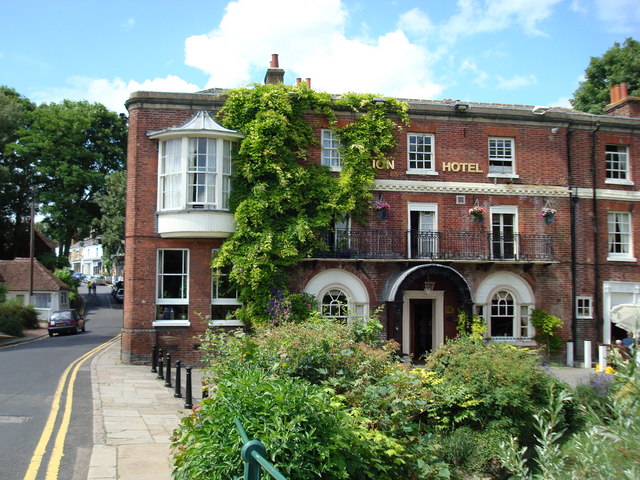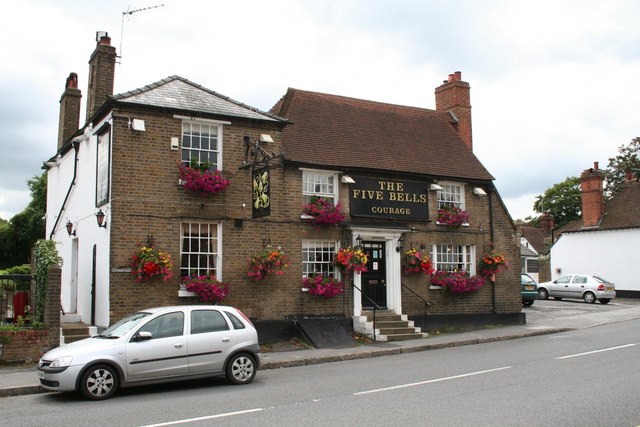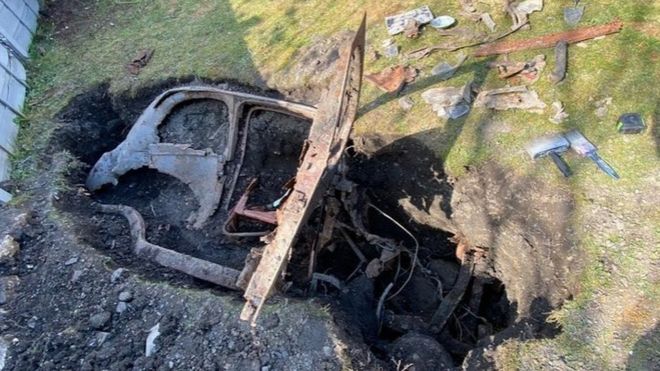 |
| source |
Tom Hanks writes to boy called Corona who said he was bullied
Here's another good news story to come out of the current crisis and further proof that actor Tom Hanks is an all-round top chap.
A collector of typewriters since 1979, Mr Hanks and his wife Rita Wilson were among the early high-profile individuals to be affected while travelling in Australia last month. Such is Mr Hanks' passion for typewriters that he took one of his portables with him - a rather aptly-named one as it turned out!
Tom Hanks pens heartfelt letter to bullied Australian boy named Corona
 |
| source |
The incident also serves to highlight the problems that can be encountered by people and organisations whose name falls foul of topical events. "Corona", as Mr Hanks points out, means "crown" (or "wreath") in Latin and until this year was most likely used in reference to the rings of material around the sun which resemble a crown (and indeed its use in "coronavirus" is because under a microscope the Covid-19 virus also has wreath-like projections that give the appearance of a solar corona). Unfortunately it is this latter use that is on everyone's lips at the moment, so for people like Corona DeVries it is understandably causing them some grief. Hopefully this will be only a temporary issue, however, and once this is all over we - and especially young Corona - can reclaim the word and not have it forever tarnished by this ghastly virus.
 |
| source |
This has all served to remind me of my most recent typewriter acquisition, which is - you've guessed it - a Corona! I say "recent", it was actually over a year ago in March 2019 when, passing the window of my local charity shop I espied a topping-looking Corona Special portable in pride of place in a display case. The condition was immaculate - clearly it had been professionally restored - but the price was barely a third of what I'd seen lesser examples go for on eBay. It was rightly attracting much comment from other passing shoppers (one of the volunteers later said "I knew it wouldn't hang around for long") but unfortunately I was unable to get at it straight away as work kept coinciding with the shop's opening hours. I was eventually able to duck in early one afternoon and convinced them to hold it for me for a week while I went to get the money and arranged to pick it up on the Saturday. I am therefore now also the proud owner of a 1920s Corona [Special] (I haven't been able to identify the exact year as I can't find the serial number, which has possibly been obliterated by the restoration).
 |
| The case has seen better days but no less than one would expect from something nearly 100 years old - in fact to still have the case at all is quite remarkable! |
It doesn't look much like a typewriter in the above photos, does it? "How does it work", I hear you ask? Well, take it out of the case...
Still looks a bit odd, doesn't it? Well, see how the carriage is held over the keyboard by the two arms? Lift the carriage up and it pivots over and onto the typebars, whilst the keyboard rises up from underneath. Hey presto!
A very clever piece of machinery and one I am immensely proud to own. Sadly I haven't had a chance to use it in anger yet - life getting in the way as ever, plus it needs a new ribbon and the spools seem unwilling to move even when fully loosened. Hopefully I'll be able to get it up and running soon and then, perhaps, a typecast will be in order!
To return finally to the original article, Robert Messenger over at the oz.Typewriter blog has also covered this story with some splendid pictures of the two Coronas together(!) that I have not seen elsewhere. It is all in all a lovely story that shows those involved in the best light and has (hopefully) created a new typewriter aficionado in Corona DeVries. In any event it will doubtless be something he will remember and treasure for a long time and with luck will help him forget his troubles with small-minded bullies. Once again it is a case of typewriters (with the help of Tom Hanks) to the rescue!






















_(18373797302)_(2).jpg)




_(18423334646)_(2).jpg)












